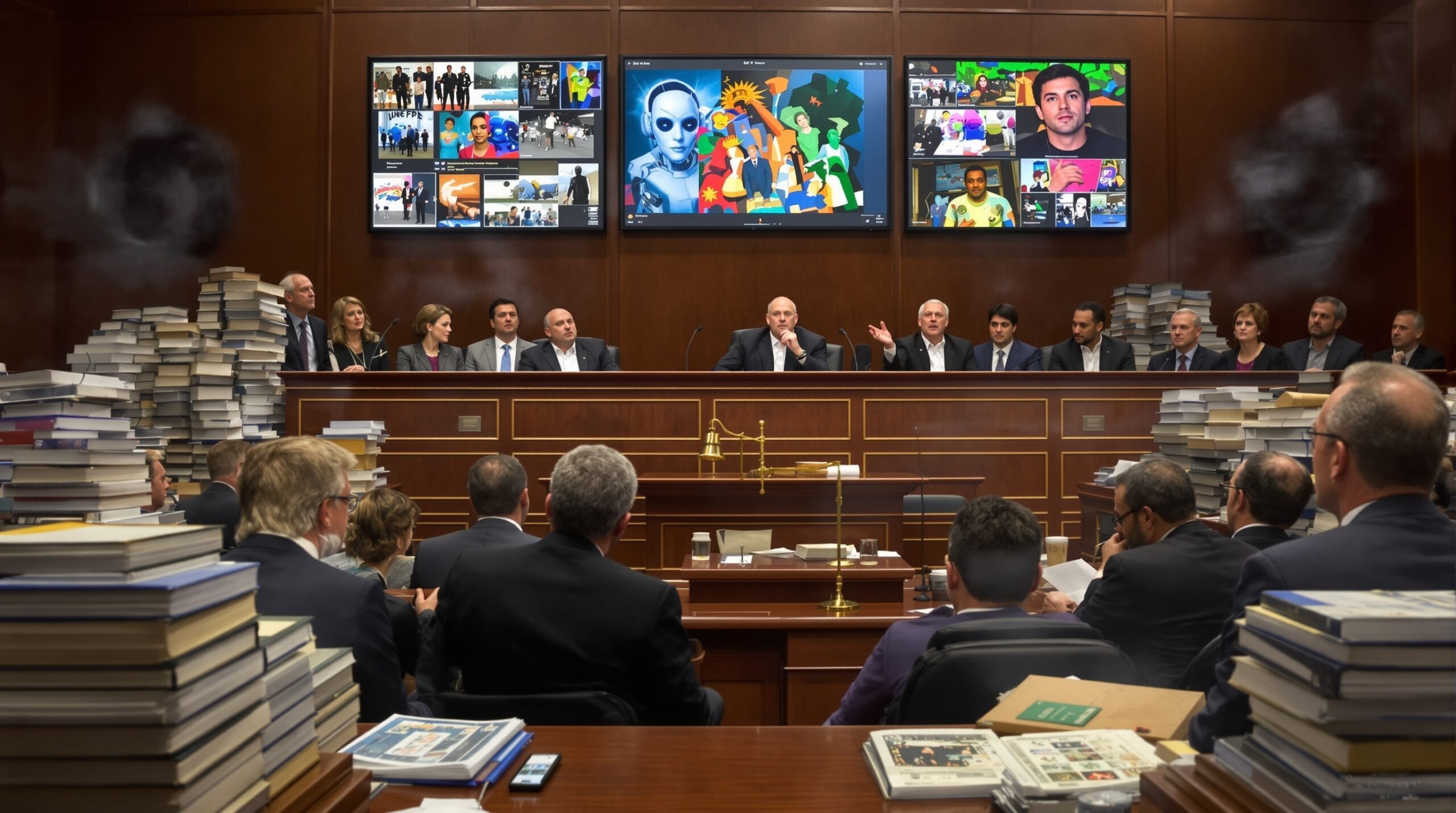Artificial intelligence (AI) is transforming how creative works are produced and distributed. This transformation is especially visible in the world of imagery. AI-generated images, crafted by sophisticated algorithms, now permeate social media, advertising, and news outlets. However, their rapid rise has set the stage for fierce legal battles over copyright protection and artistic ownership.
The Mechanics Behind AI Image Creation
Advanced neural networks, particularly Generative Adversarial Networks (GANs), drive the creation of AI-generated images. These systems analyze vast datasets of existing artwork, photography, and visual media to learn patterns and styles. After sufficient training, they generate new images that can resemble or even mimic the source material in astonishing detail. Companies like Midjourney, DALL·E, and Stable Diffusion are at the forefront of this technological revolution.
Every AI-generated image involves a complex chain of decision-making algorithms. These processes often include human prompts that set parameters, style, and subject. This interactive approach blurs the line between man and machine, challenging traditional definitions of authorship and creativity.
Court Cases and Legal Disputes Emerge Worldwide
The increasing prevalence of AI-generated imagery has prompted a wave of lawsuits and regulatory reviews around the world. In the United States, several high-profile cases have gained national attention. For example, in early 2023, a group of artists filed a class-action lawsuit against Stability AI, Midjourney, and DeviantArt. The artists alleged that these tech companies exploited their copyrighted artwork to train AI model datasets without permission or compensation.
Federal courts in the U.S. are grappling with these complex cases. Plaintiffs argue that AI image generators infringe on the intellectual property rights of original creators. Meanwhile, the companies counter that their process of training on public data constitutes “fair use” or produces entirely new, transformative works. The outcomes of these cases may set far-reaching precedents for digital art and intellectual property law.
Similar legal clashes have unfolded in other jurisdictions. In the United Kingdom, government bodies have examined the copyright status of computer-generated works. Japanese courts have also weighed in, given the country’s robust anime and gaming industries. The European Union is drafting new rules to address issues raised by generative AI networks impacting creative rights.
The Core Copyright Controversy Explained
At the heart of the debate is whether AI-generated images qualify for copyright protection. Traditionally, copyright has protected original works fixed in a tangible medium, with human authorship as a key element. The sudden ability of machines to independently create images disrupts these old frameworks.
Legal experts are divided over whether human prompts are enough to justify copyright for the prompt writer. Opponents argue that the true “author” is the system itself, making protection under current laws hard to justify. Additionally, if the AI’s training data is composed of copyrighted works, questions persist about whether the output constitutes an unlawful derivative work.
The Case of the “Monkey Selfie” and Its Influence
While not directly related to AI, the famous “Monkey Selfie” case highlighted the legal challenge of works generated without human authorship. In this case, a macaque used a photographer’s camera to snap its own photo. U.S. courts ruled that non-human entities cannot claim copyright. Legal scholars often reference this case when arguing about the authorship of AI-created works.
Impacts on Creators and Visual Artists
The rise of AI-generated imagery has launched a fierce debate among traditional artists, photographers, and designers. Many feel threatened by the prospect of machines duplicating their styles or drawing directly from their portfolios. Social media is filled with examples of AI-created works that closely imitate human-made originals.
For freelance and commercial artists, unauthorized use of their work in AI training datasets means potential loss of income. Some creators argue that AI platforms should pay licensing fees or offer credit to original artists. Others contend that AI opens new avenues for collaboration and inspiration. Division remains strong as the industry awaits landmark court decisions.
Industry Reactions and Policy Proposals
Several AI companies have responded to legal and ethical concerns by revising their practices. Some now allow artists to “opt out” their works from future training data collections. Others automatically filter copyrighted material or offer new revenue-sharing models.
Technology coalitions and copyright organizations lobby governments for clearer guidelines. The U.S. Copyright Office and counterparts in other nations have started public consultations. Their goal is a legal framework that balances innovation with the rights of original creators.
The Future of AI Imagery and Copyright Law
As AI image generation technologies evolve, legal solutions must adapt. Some experts predict the creation of special “AI copyright” classes with nuanced protections. Others believe outright bans on machine-made works are unlikely but foresee stricter requirements for dataset transparency and artist consent.
International cooperation will likely be necessary, given the global reach of online content. Platforms may need to adopt new detection tools that track the origin and composition of AI-generated works. Economic and creative stakes are high, ensuring this issue remains in the spotlight for years.
Conclusion: A High-Stakes Copyright Battle Unfolds
AI-generated imagery is forcing courts and lawmakers worldwide to reconsider foundational elements of copyright law. The results of these legal showdowns will shape not only how artists are compensated, but how culture itself evolves in the age of machine creativity.
As this technology continues to advance, artists, companies, and legal experts must engage in open dialogue. Collaboration will be key to ensuring a fair and vibrant creative economy in a rapidly changing world.

